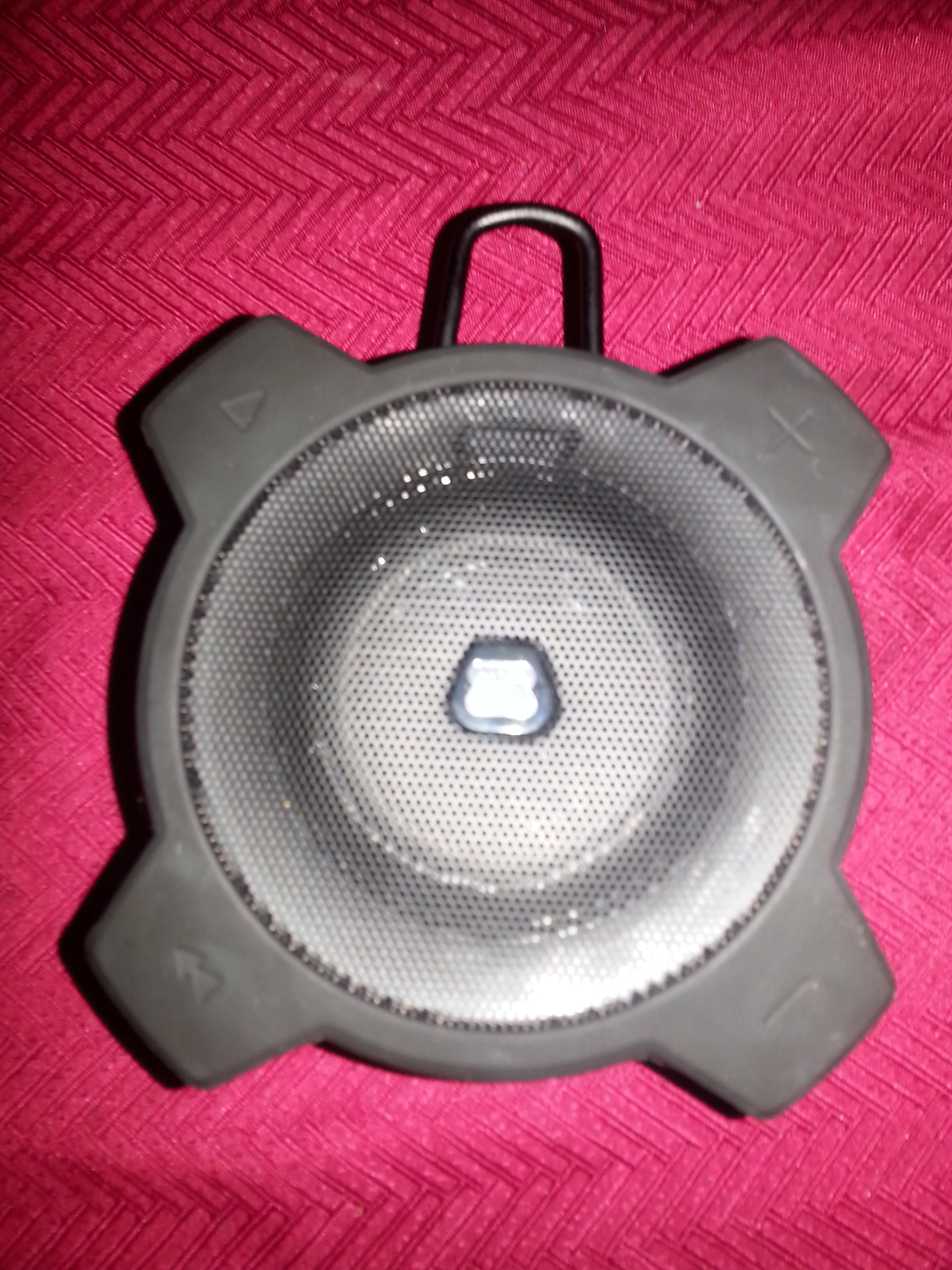Electric Guitar Buying Guide: Essential Tips From The Experts
The world of electric guitars can be overwhelming, especially for those making their first serious investment. While most buyers focus on obvious factors like price range and visual appeal, there’s a deeper layer of considerations that can make the difference between finding a lifelong musical companion and ending up with an instrument that collects dust.
Test the Weight Before You Commit
Many guitarists overlook the importance of weight when buying an electric guitar. A guitar that feels perfect in a 15-minute store session might cause serious shoulder fatigue during a two-hour practice. Try wearing the guitar standing up for at least 10 minutes in the store. Remember, mahogany-bodied guitars like Les Pauls tend to be significantly heavier than alder or ash alternatives like Stratocasters.
Check the Guitar’s Resonance While Unplugged
Here’s a lesser-known trick: play the guitar unplugged and press your ear against the body while strumming. A well-built guitar will resonate clearly and sustain notes naturally, even without amplification. This test reveals the instrument’s inherent tonal qualities and construction quality. If it sounds dead or muffled acoustically, amplification won’t fix those underlying issues.
Inspect the Fret Ends in Different Humidity Conditions
Visit the store on both humid and dry days if possible. Fret ends that feel smooth during summer humidity might become razor-sharp when winter’s dry air causes the fretboard to contract. Run your hand along both edges of the neck – any roughness now will only get worse with seasonal changes. This is especially important for cheaper guitars that might not have received thorough fret dressing.
Consider the Bridge Type vs. Your Playing Style
While tremolo bridges offer excellent versatility, they might be a hindrance if you rarely use them. Fixed bridges typically provide better tuning stability and make string changes easier. Moreover, some tremolo-equipped guitars can’t be easily modified for alternate tunings without a complete setup. Consider honestly whether you’ll use that whammy bar enough to justify the extra maintenance.
Look for Future Modification Potential
Even if you love the guitar’s current sound, consider its modification potential. Check if the body routing can accommodate different pickup types, whether the tuners are standard size for easy replacement, and if the nut width allows for heavier strings. A guitar that’s easily modifiable can grow with your playing style and prevent the need for a complete replacement later.
Test Through Multiple Amp Types
Don’t just try the guitar through one amplifier. A guitar that sounds amazing through a high-gain amp might sound thin and weak through a clean channel. Test it through at least three different amplifier types to ensure versatility. If possible, try it through an amp similar to what you own or plan to buy.
Examine the Neck Pocket Joint
This often-overlooked area can reveal much about build quality. Look for tight, gap-free wood-to-wood contact between the neck and body. Even small gaps can affect sustain and stability. On bolt-on necks, check that the neck sits flush without any shims or visible gaps. This joint’s quality often indicates the overall construction standard.
Consider the Resale Factor
While you should buy what you love, consider the guitar’s potential resale value. Certain brands and models traditionally hold their value better than others. Also, unusual finishes or radical designs might limit your future buyer pool. Classic colors and configurations typically offer better resale prospects if you decide to upgrade later.
These insights go beyond the usual “check for playability and sound” advice, helping you make a more informed decision that you’ll be happy with for years to come. Remember, the perfect guitar isn’t just about specs and features – it’s about finding an instrument that inspires you to play more.




This was so helpful! I’ve been considering getting an electric guitar for my brother for a while now but honestly, I had no idea where to start. Saving this for when I’m ready to buy. It’s so nice to get advice from someone who actually knows what they’re talking about. Thanks for sharing!
My youngest has a guitar his oldest brother gave him. He has taken a liking to it, and to making music! It’s nice.
Thank you for this great post, my father-in-law has multiple guitars and plays often. I am going to pass on this post to him!
Thanks for the Electric Guitar Buying Guide! My grandson is looking into getting started and your post has need very helpful.
This article is super handy for first time buyers, who may want to try something different. Personally, I don’t play the guitar but I love listening to instrumentals and rock hits!
Oh how I wish I could play guitar. Or any instrument for that matter!
I love how thorough this is. I’ve been playing bass and guitar for years, and there are some on here that I didn’t know about for a long, long time. This is an incredibly helpful guide.